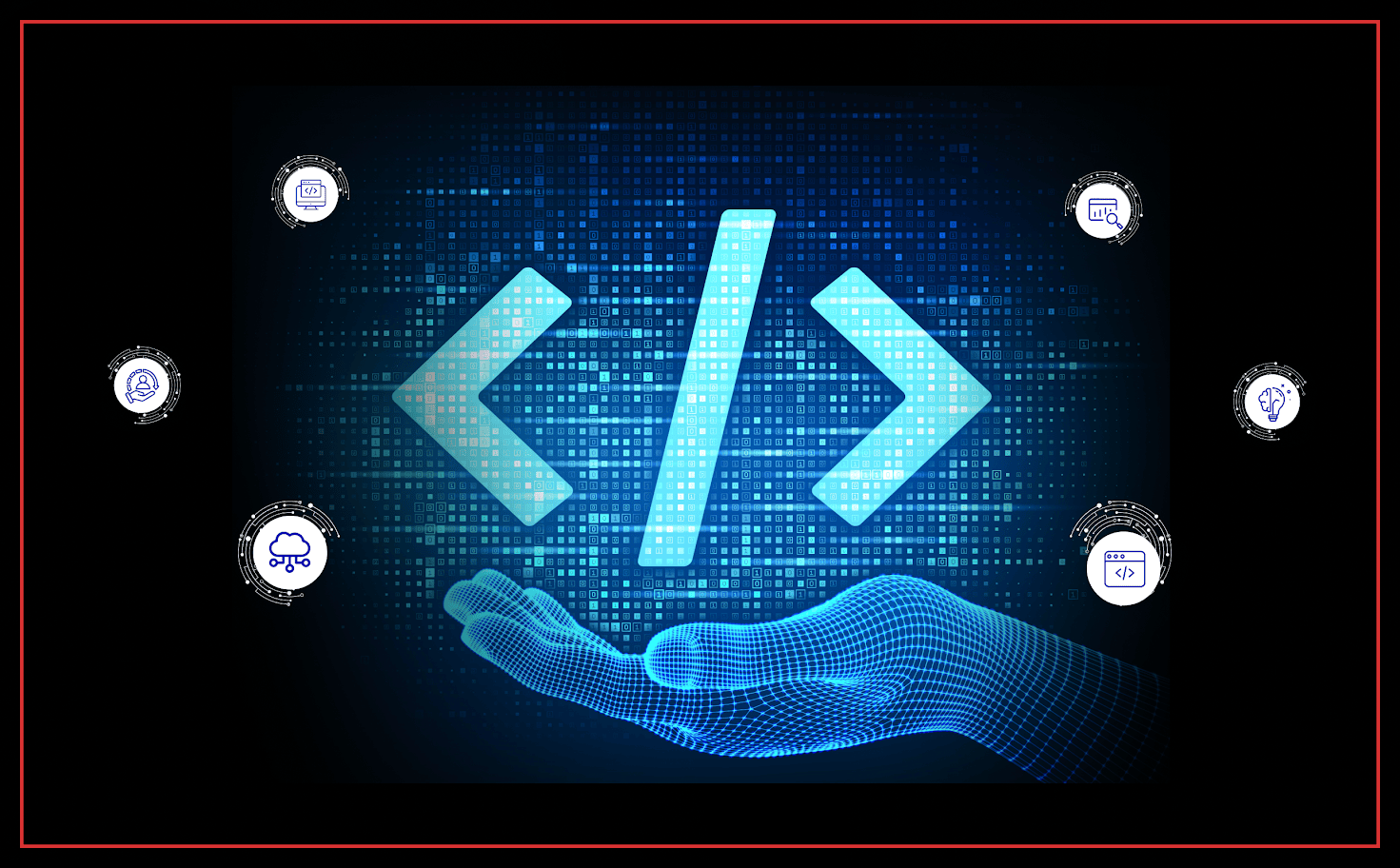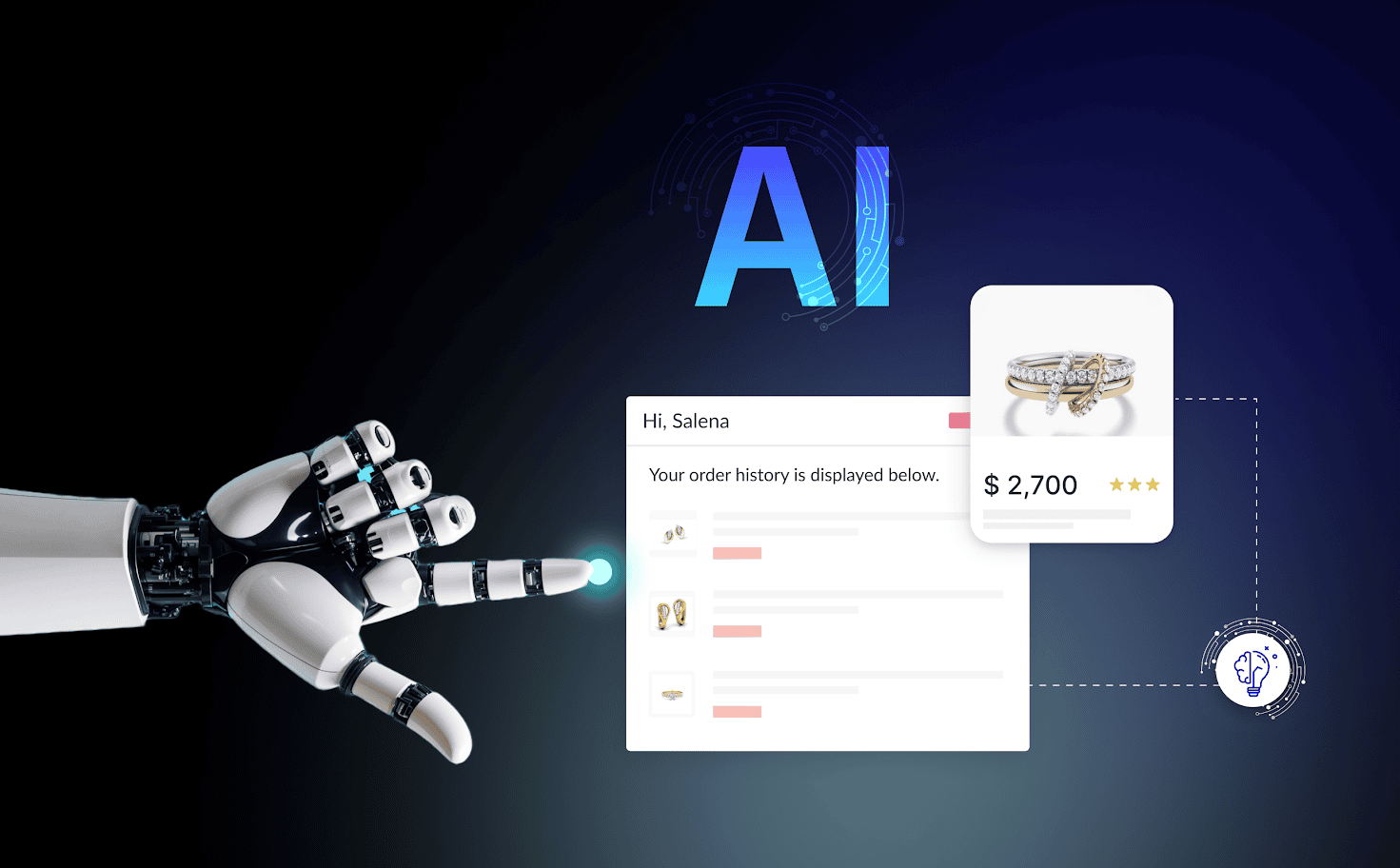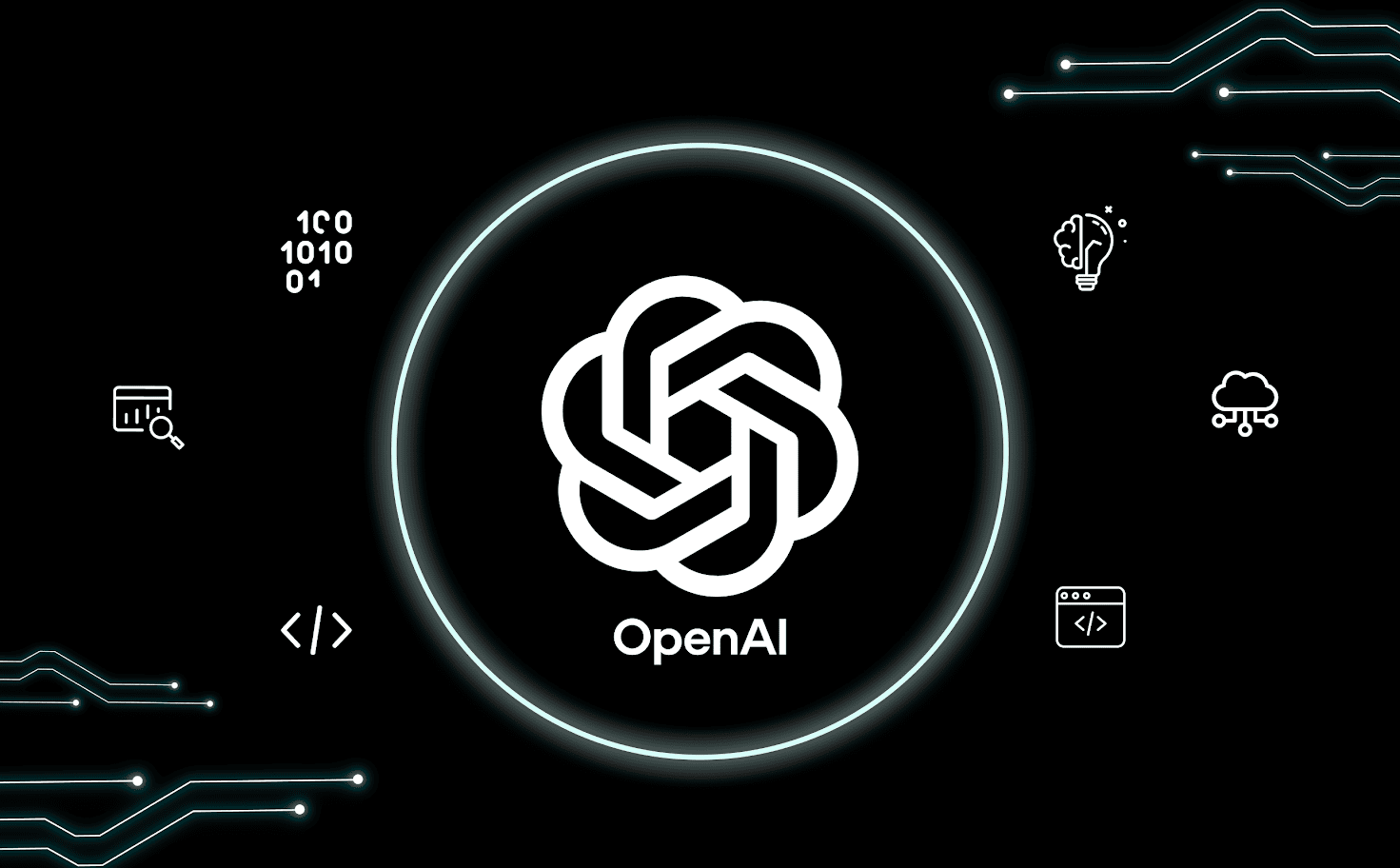Times are changing, and so are modern businesses. Frequent and evolving changes in market trends or demands have forced organizations to rethink their traditional strategies for software development and the launch of a web or mobile app. It needs sheer proactiveness, agility, flexibility for iterations, and continuous innovation.
Many businesses that had been employing somewhat rigid AI software development strategies created multiple drawbacks. These plans were never customer-oriented. This means the strategy might have considered customers, but the changing customer trends and demands were ignored. The end result was that the launched products or apps failed to connect with customers.
This is where Agile product engineering has proven to be a revolution in bringing success to business software applications. It almost feels like an antidote as it empowers teams to build and deliver digital products with customer-focused design and trending functionalities that solve challenges and meet customer needs.
Let’s dive in to understand how this approach is driving innovation and transforming businesses across industries.





